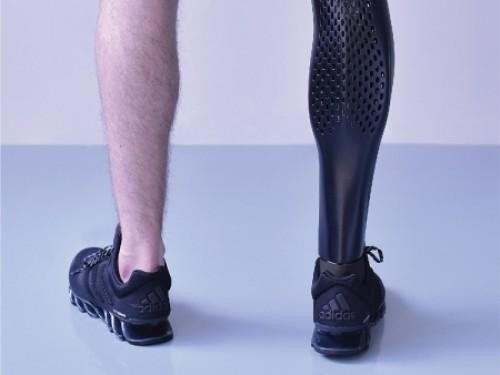For people with disabilities, although it is now possible to find models from open source databases and print out their own prostheses, these models are generally very expensive. Now researchers at Virginia Tech have solved this problem with their newly invented prosthetics with integrated electronic sensors that can evaluate the pressure distribution between prosthetics and prosthetics. This new invention may lead to cheaper electric prosthetics in the future.

3D printed prosthetics
To develop their new prosthetic limb, the researchers used 3D scan data of the limb to integrate sensors at the interface between tissue and device. They use 3D printing technology to print the device, which deposits materials on curved surfaces.
According to the Virginia Tech report, by integrating electronic sensors at the intersection of prosthetics and wearer tissue, researchers can collect information about the function and comfort of the prosthesis, such as the pressure between the wearer's tissue, which can help improve such Disadvantages of prosthetics.
The process developed by the researchers will be further applied to the design of personalized medical and wearable systems, and Blake Johnson, an assistant professor of industrial and systems engineering at Virginia Tech, took an important step forward in improving 3D printing.